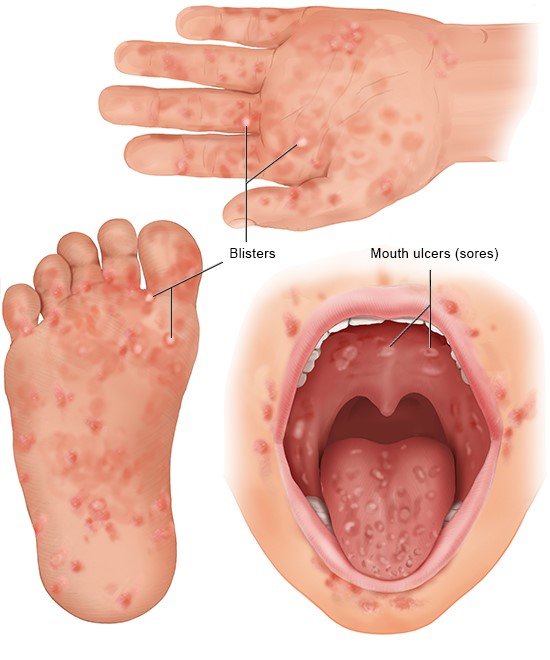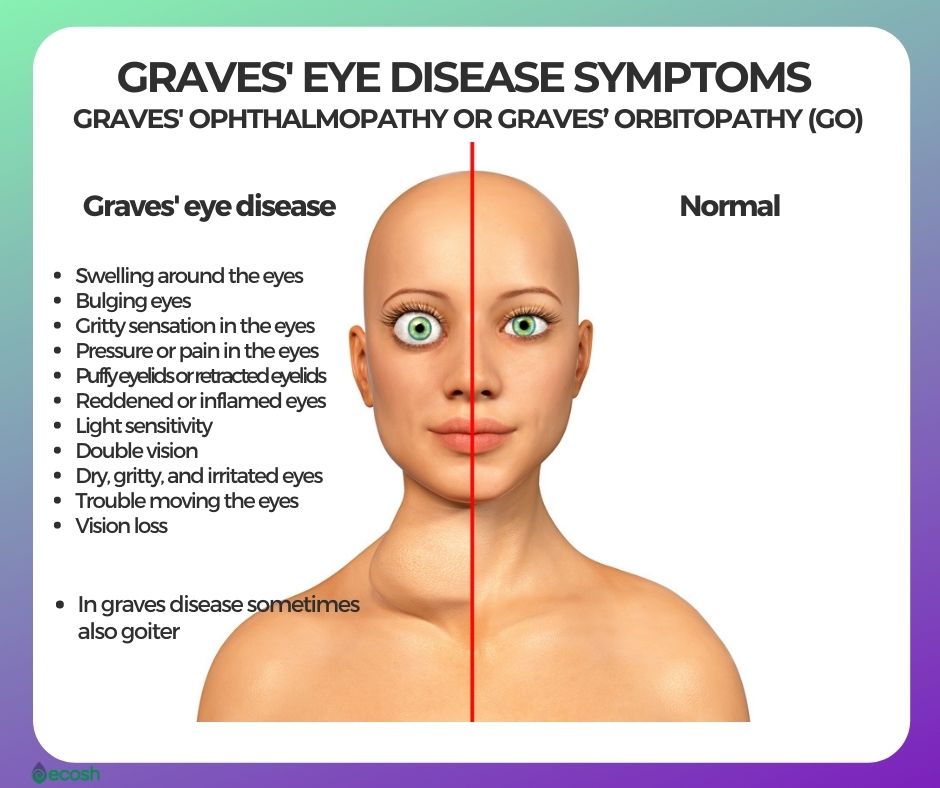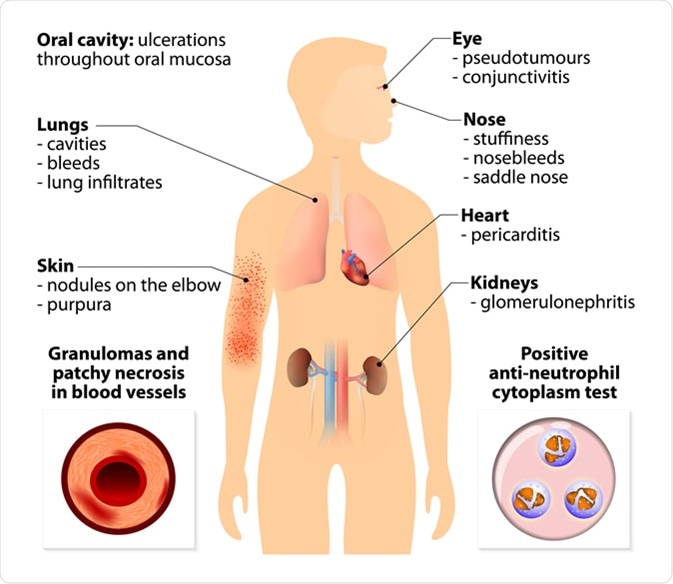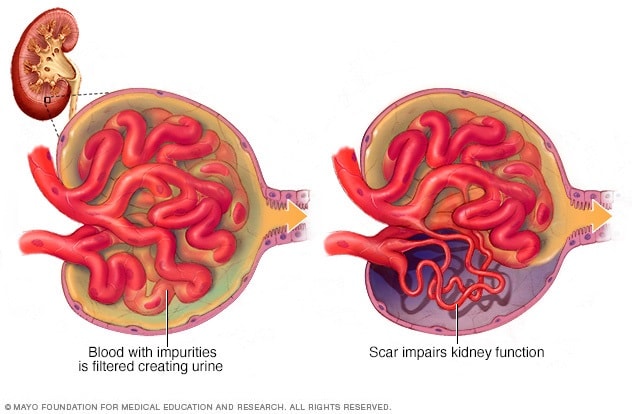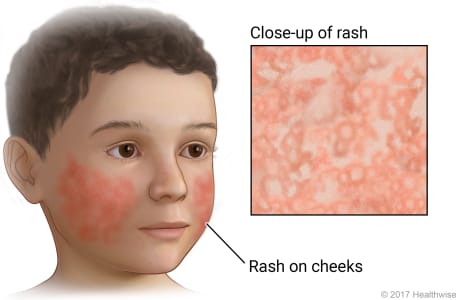Nursing Paper Example on Hashimoto’s Thyroiditis
/in Assignment Help, Homework Help, Nursing Paper Help /by Aimee GraceNursing Paper Example on Hashimoto’s Thyroiditis
Hashimoto’s thyroiditis, also known as chronic lymphocytic thyroiditis, is an autoimmune disorder that causes inflammation and gradual destruction of the thyroid gland. It is the most common cause of hypothyroidism in iodine-sufficient regions and predominantly affects women, particularly between the ages of 30 and 50. This condition results from an immune system malfunction where antibodies attack thyroid tissue, leading to reduced thyroid hormone production. Hashimoto’s thyroiditis often progresses slowly, with symptoms developing over months or years.
Causes
The exact causes of Hashimoto’s thyroiditis involve a combination of genetic, environmental, and immune system factors. Genetics play a significant role, as individuals with a family history of autoimmune diseases are more likely to develop the condition. Specific genes, such as those associated with immune regulation, including the human leukocyte antigen (HLA) system, are linked to increased susceptibility.
Environmental factors also contribute to the development of Hashimoto’s thyroiditis. Excessive iodine intake, either from supplements or dietary sources, can trigger or worsen the autoimmune response in susceptible individuals. Infections, particularly viral infections, may initiate an immune reaction through molecular mimicry, where the immune system mistakenly attacks thyroid tissue. Chronic stress has been associated with the onset or exacerbation of autoimmune conditions, including Hashimoto’s thyroiditis.
The immune system’s malfunction underpins the disease process. In Hashimoto’s thyroiditis, the immune system generates antibodies, including thyroid peroxidase and thyroglobulin antibodies, which target the thyroid gland. This autoimmune response leads to inflammation, tissue destruction, and a gradual decline in thyroid hormone production. Coexisting autoimmune disorders, such as rheumatoid arthritis or lupus, further increase the likelihood of developing Hashimoto’s thyroiditis.
Understanding these causes helps clinicians identify at-risk individuals and implement preventive or early intervention strategies to manage the disease effectively.
Signs and Symptoms
Hashimoto’s thyroiditis often progresses slowly, with subtle symptoms that develop as thyroid function declines. Early signs may include fatigue, sensitivity to cold, and unexplained weight gain due to a slowed metabolism. A feeling of fullness or discomfort in the neck may occur if the thyroid gland becomes enlarged, forming a painless goiter.
As the condition progresses, other symptoms may arise, including dry skin, hair thinning, and brittle nails, reflecting the body’s reduced thyroid hormone levels. Cognitive symptoms, such as difficulty concentrating or memory issues often described as “brain fog,” are common. Additionally, individuals may experience mood changes, including depression or irritability.
Women with Hashimoto’s thyroiditis often report menstrual irregularities, such as heavy or prolonged periods, or difficulties with fertility. Muscle weakness, joint stiffness, or generalized body aches can develop, further affecting daily life. Advanced cases may cause hoarseness, puffiness in the face, or swelling in the extremities due to fluid retention.
These diverse symptoms often overlap with other conditions, complicating early diagnosis. Recognizing this broad spectrum is crucial for timely identification and management to prevent complications such as severe hypothyroidism or myxedema, a rare but life-threatening condition. Regular medical evaluation helps monitor symptoms and thyroid function effectively.
Etiology
Hashimoto’s thyroiditis arises due to a combination of genetic, environmental, and immune factors. It is classified as an autoimmune disorder, where the immune system mistakenly attacks thyroid tissue. Genetic predisposition plays a key role, as individuals with family histories of autoimmune conditions are at greater risk. Specific genes linked to immune regulation, such as HLA-DR, are implicated.
Environmental triggers also contribute to the development of Hashimoto’s thyroiditis. Exposure to high levels of iodine, selenium deficiencies, and certain infections are known to initiate the autoimmune response in genetically predisposed individuals. Viral infections like hepatitis C or Epstein-Barr virus may also disrupt immune tolerance and trigger thyroid autoimmunity.
Hormonal factors are significant, especially in women, who are more commonly affected. Fluctuations in estrogen levels during pregnancy or menopause may enhance susceptibility. Stressful life events or psychological stress can also exacerbate immune dysregulation.
The disease is mediated by the production of autoantibodies, particularly against thyroid peroxidase and thyroglobulin. These antibodies target and gradually destroy thyroid cells, impairing hormone synthesis. Over time, this immune-mediated damage results in hypothyroidism. Understanding this multifactorial etiology is critical for developing preventive strategies and targeted therapies.
Pathophysiology
Hashimoto’s thyroiditis is an autoimmune condition in which the immune system attacks the thyroid gland, impairing its function. The process begins with genetic susceptibility and environmental triggers, leading to immune dysregulation. Key mechanisms involve the activation of CD4+ T helper cells that recognize thyroid antigens as foreign. This immune response stimulates the production of autoantibodies, including anti-thyroid peroxidase and anti-thyroglobulin antibodies.
These autoantibodies bind to thyroid cells, marking them for destruction. Concurrently, cytotoxic T lymphocytes infiltrate the thyroid gland, releasing inflammatory cytokines like interleukin-2 and tumor necrosis factor-alpha. This inflammatory cascade damages thyroid follicles, disrupting hormone synthesis and leading to reduced levels of thyroxine (T4) and triiodothyronine (T3).
As the gland is progressively destroyed, compensatory mechanisms such as increased thyroid-stimulating hormone production from the pituitary gland attempt to restore hormone levels. However, the ongoing immune-mediated destruction eventually surpasses the gland’s capacity to compensate, resulting in hypothyroidism.
The chronic inflammation can also lead to fibrosis and thyroid gland enlargement, forming a characteristic goiter. The interplay between immune dysregulation, genetic factors, and environmental triggers drives this progressive and multifaceted disease process.
DSM-5 Diagnosis
Hashimoto’s thyroiditis is not classified as a distinct diagnosis in the Diagnostic and Statistical Manual of Mental Disorders, Fifth Edition (DSM-5). However, its associated psychiatric and neuropsychological symptoms may warrant evaluation under DSM-5 criteria. Mental health issues such as depression, anxiety, and cognitive dysfunction can emerge due to hypothyroidism or autoimmune processes.
To assess mood disorders in Hashimoto’s thyroiditis, clinicians evaluate depressive symptoms using DSM-5 criteria for major depressive disorder. Symptoms like persistent sadness, fatigue, and sleep disturbances are common in individuals with hypothyroidism. Anxiety disorders, including generalized anxiety disorder, may also align with DSM-5 diagnostic standards, particularly when patients experience heightened worry or physical tension.
Cognitive impairments related to Hashimoto’s thyroiditis, often described as “brain fog,” may fall under neurocognitive disorders in DSM-5 if they interfere significantly with daily functioning. These issues highlight the interplay between thyroid function and mental health.
While DSM-5 is not specific to thyroid conditions, its framework assists in diagnosing coexisting psychiatric conditions. A comprehensive clinical assessment of physical and mental symptoms, combined with laboratory testing of thyroid hormones and antibodies, provides a holistic understanding of Hashimoto’s thyroiditis and its impact on mental health.
Diagnosis
Diagnosing Hashimoto’s thyroiditis involves a combination of clinical evaluation, laboratory tests, and imaging studies. Physicians assess the patient’s symptoms, including fatigue, weight gain, and cold intolerance, which suggest hypothyroidism. A detailed medical history, including family history of autoimmune diseases, provides critical diagnostic clues.
Laboratory evaluation focuses on thyroid hormone levels and antibodies. Low serum levels of free thyroxine (T4) and elevated thyroid-stimulating hormone (TSH) indicate hypothyroidism. The presence of antithyroid peroxidase (anti-TPO) antibodies confirms the autoimmune nature of the condition. In some cases, antithyroglobulin antibodies may also be detected.
Ultrasound imaging helps assess the thyroid gland’s structure. Common findings include reduced echogenicity, heterogeneity, and nodules, indicating inflammation or fibrosis. These imaging features support the diagnosis and help exclude malignancy.
Fine-needle aspiration biopsy may be performed in cases of suspicious thyroid nodules. This technique rules out thyroid cancer and confirms the inflammatory nature of the glandular tissue.
Accurate diagnosis integrates clinical features, laboratory findings, and imaging results. Early identification of Hashimoto’s thyroiditis is crucial for initiating treatment to prevent complications like severe hypothyroidism, cardiovascular issues, or goiter. Comprehensive evaluation ensures effective management and symptom relief.
Treatment Regimens
The primary treatment for Hashimoto’s thyroiditis is thyroid hormone replacement therapy, typically with levothyroxine, a synthetic form of thyroxine (T4). This therapy is designed to normalize thyroid hormone levels, alleviating symptoms of hypothyroidism such as fatigue, weight gain, and cold intolerance. The dosage is adjusted based on regular blood tests that measure TSH and free T4 levels.
Levothyroxine is usually taken orally once a day, and the dose is individualized for each patient. Regular monitoring of thyroid function is essential, especially during the first few months of treatment, to prevent over- or under-treatment. If a patient has difficulty swallowing pills, liquid forms of levothyroxine can be prescribed.
In cases where a goiter (enlarged thyroid) is present, treatment with levothyroxine may help reduce its size. However, if the goiter is large and causing difficulty in swallowing or breathing, surgery may be considered.
Although there is no cure for Hashimoto’s thyroiditis, thyroid hormone replacement is highly effective in managing the disease and preventing complications related to hypothyroidism. In rare cases, patients may require additional therapies if complications arise, such as in those with severe hypothyroidism or who are pregnant. In these cases, close monitoring and adjustments in treatment are crucial.
Patient Education
For individuals diagnosed with Hashimoto’s thyroiditis, patient education is vital to ensure proper management of the condition. The most important aspect is the adherence to thyroid hormone replacement therapy, typically with levothyroxine, to regulate thyroid hormone levels. Patients must understand the importance of taking their medication consistently, usually once daily on an empty stomach, to maximize absorption.
Patients should be informed about potential side effects of thyroid medication, such as heart palpitations or nervousness, which may indicate over-replacement. Regular blood tests will be required to monitor thyroid function and adjust the dosage as needed. It is essential for patients to attend follow-up appointments for ongoing management and to discuss any concerns with their healthcare provider.
Patients should also be educated about the symptoms of hypothyroidism, including fatigue, weight gain, and cold intolerance, so they can monitor their condition and seek adjustments in treatment when necessary. Additionally, lifestyle modifications such as a healthy diet, regular exercise, and stress management can help improve overall well-being.
Pregnant women with Hashimoto’s thyroiditis must be closely monitored as proper thyroid function is crucial for fetal development. With appropriate treatment and care, most individuals with Hashimoto’s thyroiditis can lead normal, healthy lives.
Conclusion
Hashimoto’s thyroiditis is a common autoimmune disorder that leads to hypothyroidism and affects thyroid function. The causes include genetic predisposition, environmental factors, and immune system dysfunction. Early diagnosis, based on clinical symptoms, laboratory tests, and imaging, is critical for effective management. Patients require thyroid hormone replacement therapy, most commonly levothyroxine, with regular monitoring of thyroid levels. Lifestyle modifications and adherence to medication play an important role in managing symptoms and preventing complications. Pregnant women and those with comorbid conditions need additional monitoring. Overall, with timely treatment and patient education, individuals can manage the condition and maintain a good quality of life.
References
American Thyroid Association. (2023). Hashimoto’s thyroiditis: Diagnosis and treatment. https://www.thyroid.org
Leung, A. M., & Braverman, L. E. (2022). Thyroid dysfunction in autoimmune disease. Journal of Clinical Endocrinology. https://www.jcem.org
McLeod, D. S. A., & Cooper, D. S. (2021). The pathogenesis of Hashimoto’s thyroiditis. Endocrine Reviews. https://www.endocrinereviews.org
National Institute of Diabetes and Digestive and Kidney Diseases. (2023). Autoimmune thyroid disorders. https://www.niddk.nih.gov
Roberts, C. G., & Ladenson, P. W. (2020). Hypothyroidism management in primary care. Annals of Internal Medicine. https://www.acpjournals.org



